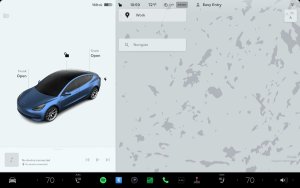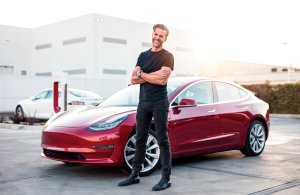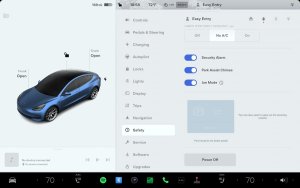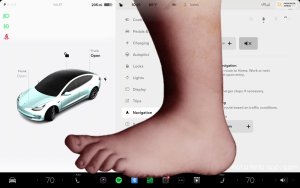Tesla Vehicles to Drive Themselves to Customers by End of 2025 -- Advantages & Potential Issues

One idea that consistently comes up when discussing the future potential of FSD is the ability to order a Tesla and have it arrive at your home—completely autonomously.
Picture this: a car rolls off the assembly line at Giga Texas, drives itself to the outbound delivery lot, and merges onto the highway—completely driverless. Its destination? A customer in upstate New York. Along the way, the vehicle independently plans its charging stops, navigates traffic, and drives nonstop, no breaks needed, until it pulls into the buyer’s driveway.
Of course, there’s a lot to consider and break down - but Elon Musk doubled down and said that he intends to have Tesla vehicles deliver themselves autonomously by the end of 2025. We’re sure there are some stipulations to that, but it’s an exciting idea that could save Tesla thousands per vehicle sold.
This year https://t.co/2eCadrXYfd
— Elon Musk (@elonmusk) April 15, 2025
FSD Unsupervised Deliveries
The core idea is that FSD Unsupervised is nearing completeness, with the upcoming launch of Tesla’s first Robotaxi network slated for June. Once Tesla can demonstrate that Unsupervised driving is safe, it will expand beyond simply transporting passengers from Point A to Point B.
That will include moving vehicles from factory to consumer, which will vastly streamline Tesla’s delivery process - and really make a statement about how far Tesla is ahead of the competition.
Reduced Delivery Costs
One of the biggest keys for Tesla throughout its history has been its ability to drive down costs. Delivery costs add to the price of a vehicle, and it’s not just the price of transporting the vehicle, but the cost of the whole delivery experience — delivery center and personnel included.
Instead, if a future Tesla drives itself directly to the consumer, Tesla can further reduce the price of its vehicles or improve its profits.
Improved Customer Experience
Money aside, the real game-changer is that no other vehicle delivery experience will come close to Tesla’s. What other brand will be able to deliver a car that drives itself to your home—straight from the factory?
Having a vehicle deliver itself can also provide other benefits, such as faster delivery times for customers. The customer also won’t need to drive to a delivery center to pick up their vehicle. The vehicle would go directly from the factory to the customer without any steps in between.
There’s something undeniably futuristic about getting a notification on your phone, glancing outside, and seeing your brand-new Tesla autonomously pulling into your driveway.
Limitations
Of course, with any new process or feature - there will be limitations and hurdles for Tesla to address, and these will take time and effort.
Let’s discuss some of the hurdles Tesla will need to solve.
Charging Infrastructure
Besides achieving true autonomy, another big challenge will be charging infrastructure. No Tesla can currently plug itself in at a Supercharger - they’ll need access to the upcoming V4 Superchargers with Wireless Charging to take on a road trip autonomously.
That will be a challenging rollout in the initial few years, especially as Tesla hasn’t been actively replacing older V2 Supercharger sites just yet - and is instead focusing on deploying new ones. We imagine that the rollout of wireless charging will likely also be limited, and it is likely that only Tesla’s more premium vehicles and Robotaxis will receive wireless charging compatibility.
Autonomy Policies / Geographic Limitations
Tesla has been consistently hamstrung by red tape, and unsupervised deliveries will also be a massive hurdle to clear with many states and provinces, as well as at the federal level. That will be an implicit challenge for Tesla in the infancy of the Robotaxi network as well, but once approvals spread wider, we can see these restrictions being lifted and relaxed.
Mileage and Damage
One item that could be a sticking point for customers is mileage and damage. If your brand-new vehicle was damaged on its trip over, what would you do? You’d have to take it from your driveway right to the Service Center, effectively invalidating the entire experience.
Of course, many people will also want to see a low odometer on arrival of a brand new, fresh-from-factory vehicle - and that’s understandable. Having a car arrive with several hundred or even a thousand miles of wear and tear on the tires and paint could be a big negative as well.
What Is Likely to Happen
We think that Tesla will continue to ship vehicles longer distances - but perhaps once they’re offloaded at your local Service Center, an employee taps a button, and begins the self-delivery process. That eliminates many of the above problems we’ve outlined, including charging and additional mileage, while keeping many of the advantages intact.
For any customers who order a Tesla in Austin later this year, it’s possible Tesla could have the vehicle delivered directly to you.












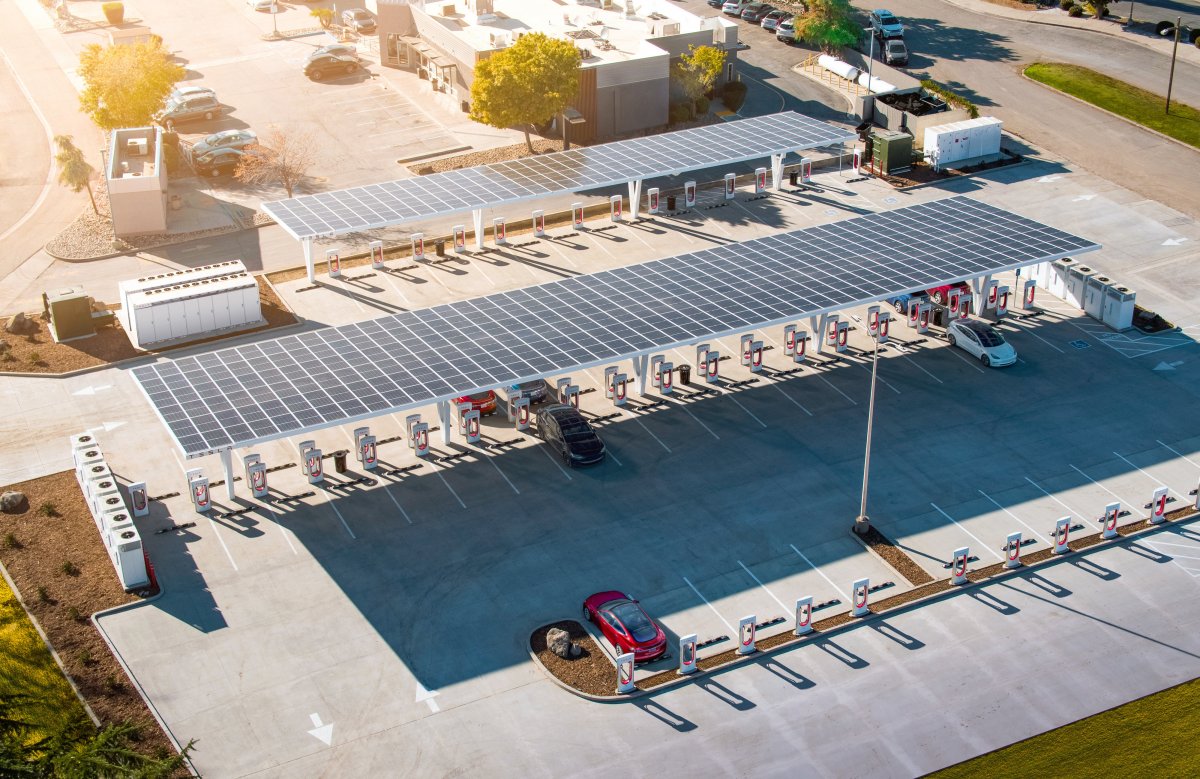
![Tesla’s Hollywood Diner: In-Car Controls & Theater Screens Turned On [VIDEO]](https://www.notateslaapp.com/img/containers/article_images/2025/tesla-diner.webp/3aaa2ea0edf2eaa0fabe1217530f3476/tesla-diner.jpg)

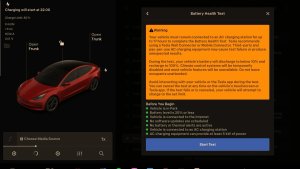
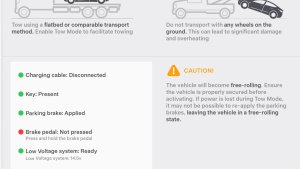
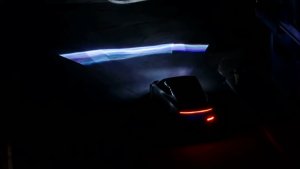
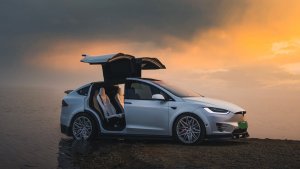
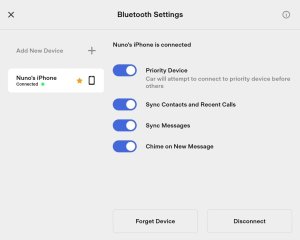
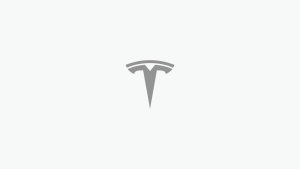
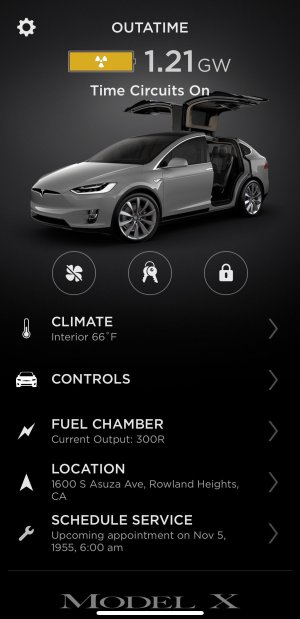

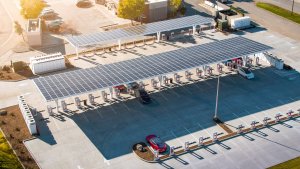
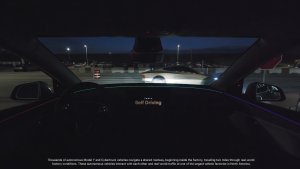
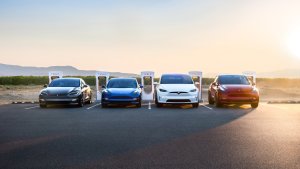
![Tesla’s Missing Voice: Why a PR Team Matters More Than Ever [Opinion]](https://www.notateslaapp.com/img/containers/article_images/multiple-models/group_93.jpg/4e1056961f0480c7b9eff43dd2ec288e/group_93.jpg)

